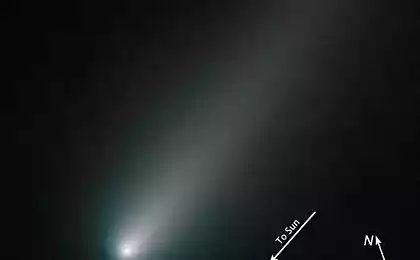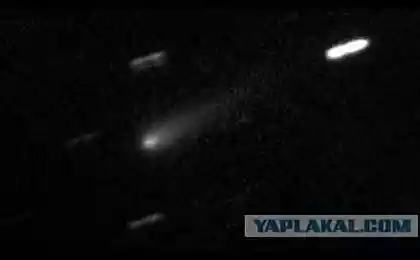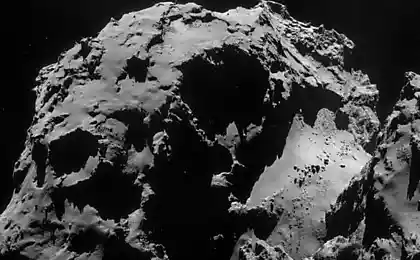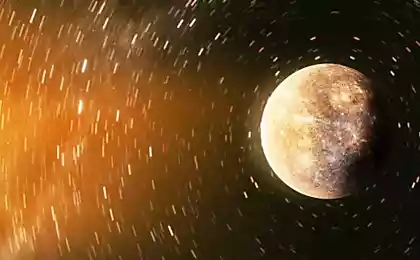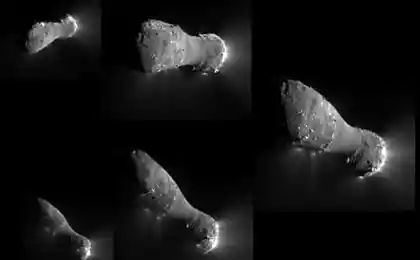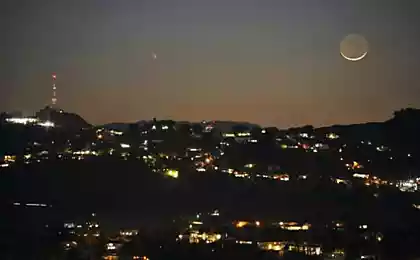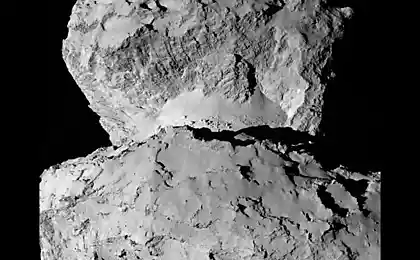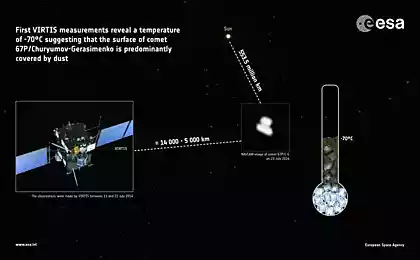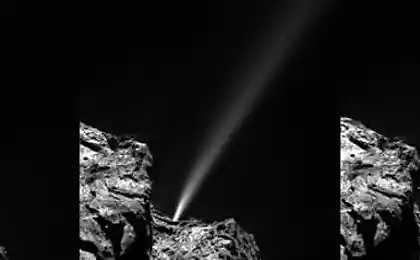860
Carbon dust could "soot" Mercury

Scientists suggest that the deposition of carbon from passing comets Mercury stained black over billions of years.
The dark surface of Mercury has long been a mystery to scientists. As is known, the celestial bodies, which do not have the atmosphere, exposed to solar wind and meteorites, because of which the film formed on the surface of nanophase iron. But the surface of Mercury is very low in iron, it is not enough to explain the appearance of Mercury.
Scientists have figured out how much can be darkened surface as a result of exposure to carbon. To do this, the researchers used a gun Vertical Gun Range. The device is facing a small copy of comets with commensurate model of Mercury at a rate of 16,000 miles per hour.
It is this experiment allowed American astronomers to prove that most of the matter with the comet dust and small comet particles deposited on the surface of Mercury, essentially obscuring her reaction due to complex organic compounds, which burns, falling on the soil of Mercury, and settles into its depths in the form of soot.
Source: geektimes.ru/post/248244/
Hector robot development program of reflexive self-awareness
Legalization flying insects US FAA proposal

